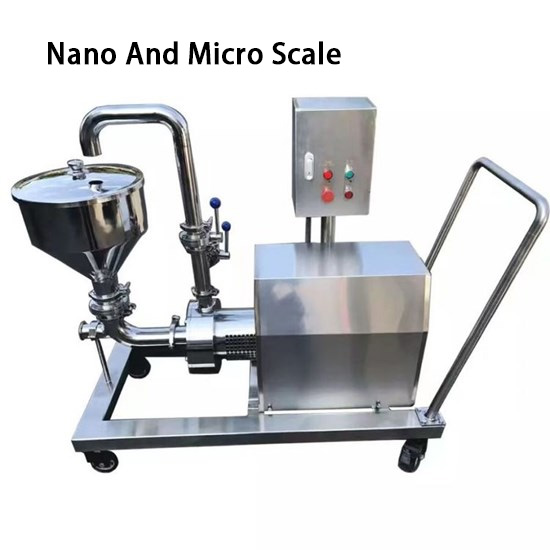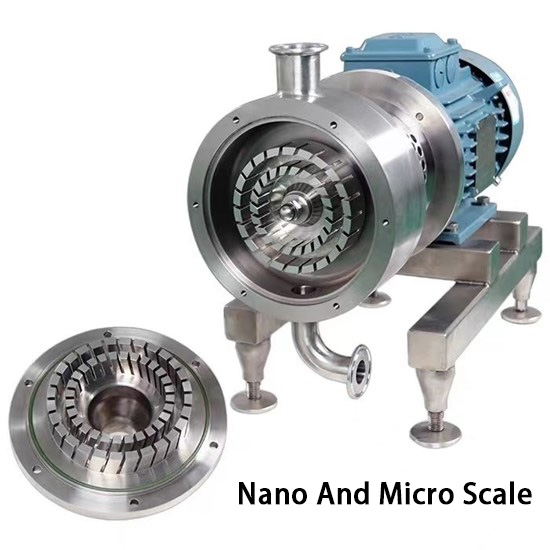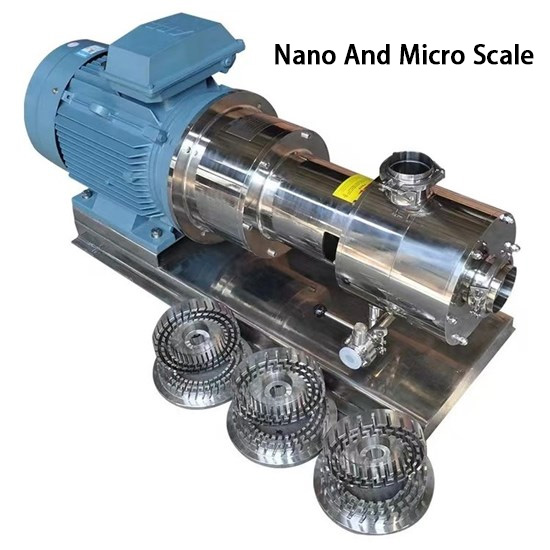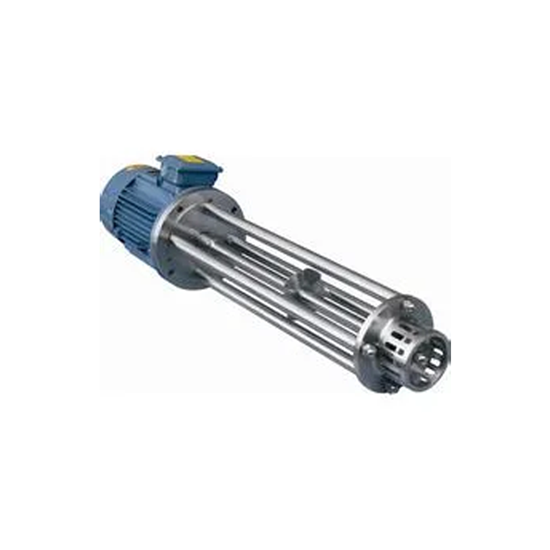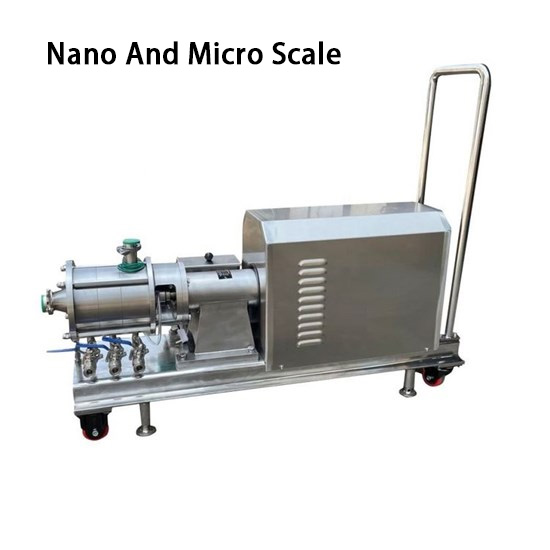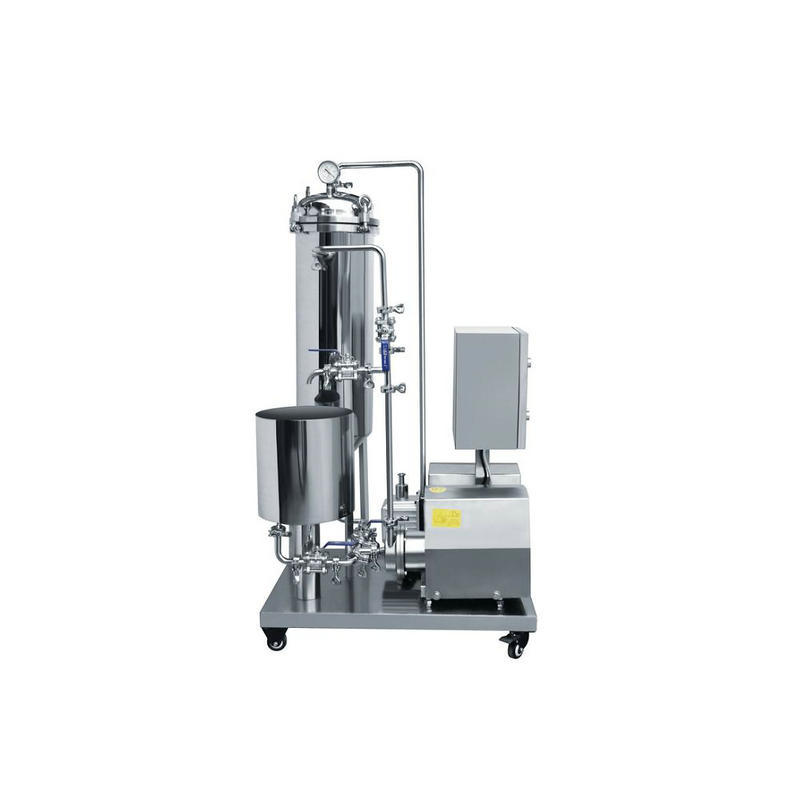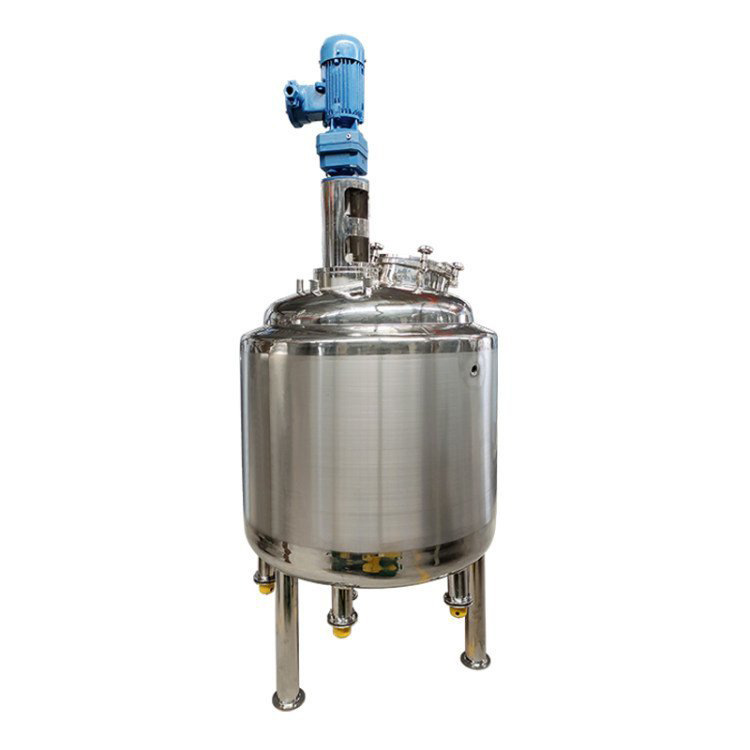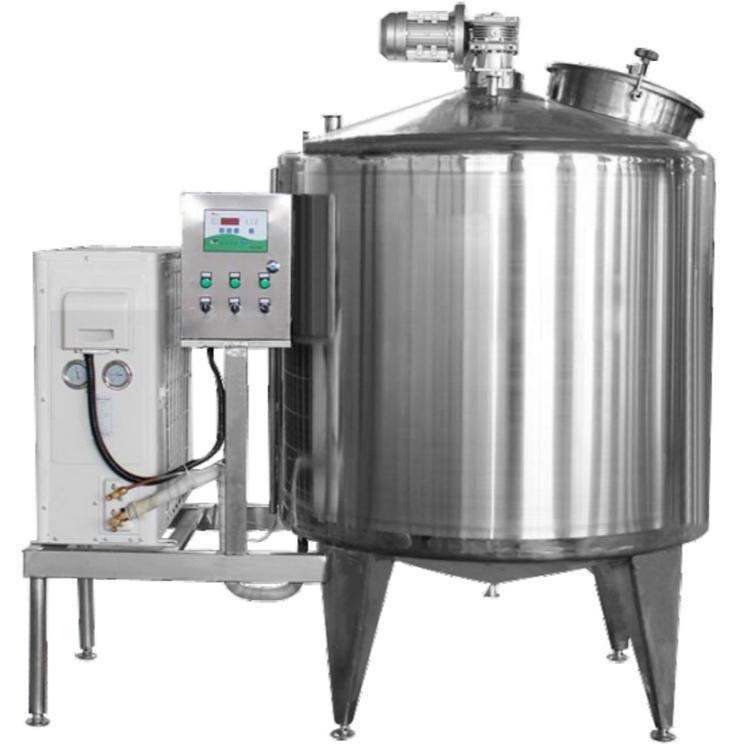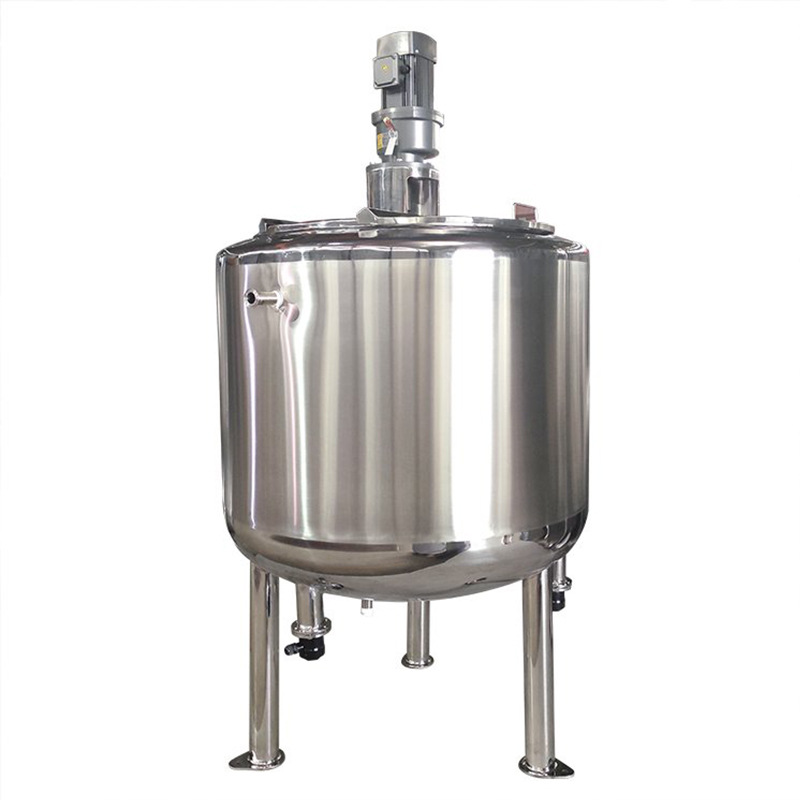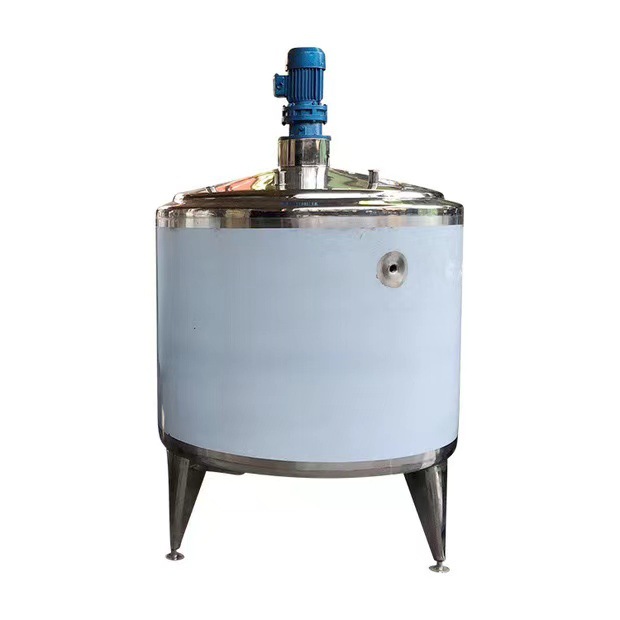Industrial Production Of Suspension Requires This Emulsifier
In modern industrial production, Emulsification Pump is a key equipment widely used in pharmaceutical, cosmetic, food and other fields.
Its main function is to mix two or more immiscible liquids through high-speed stirring and shear force to form a uniform emulsion or suspension.
Choosing a suitable suspension emulsifier is crucial to ensure product quality and improve production efficiency. The following will elaborate on the selection points of suspension emulsifier from multiple aspects.
### 1. Clarify production requirements and material characteristics
First, the specific production requirements and the physical and chemical properties of the material must be clarified before selection.
This includes determining the goals that the mixing system needs to achieve, such as the stability, uniformity, particle size distribution of the emulsion; at the same time, it is necessary to understand the viscosity, density, surface tension and other characteristics of the material in detail.
These parameters will directly affect the selection and use of the emulsifier.
Ingredient vacuum emulsifier
### 2. Consideration of technical parameters
#### 1. Motor power and speed
Motor power and speed are important indicators of emulsifier performance. According to production requirements, select the appropriate motor power to ensure that the equipment has sufficient mixing and homogenization capabilities.
The speed directly affects the shearing effect. High speed usually means stronger shearing force, which is suitable for systems that require high dispersion.
However, too high a speed may also lead to increased energy consumption and increased equipment wear, so comprehensive consideration is required.
#### 2. Vacuum degree
Vacuum degree is another key parameter. Appropriate vacuum degree can improve the emulsification effect and prevent the product from oxidizing during the production process.
For materials that are easily oxidized or need to maintain sterile conditions, high vacuum emulsifiers are particularly important.
#### 3. Working volume
The working volume determines the amount of material that the equipment can handle in a single operation. According to the requirements of production scale and production efficiency, selecting an appropriate working volume can ensure the utilization rate and production efficiency of the equipment.
### 3. Equipment structure and material
#### 1. Selection of shear head
The geometric configuration of the shear head directly affects the stirring and mixing effect. The selection of the stator and rotor shear head needs to consider the viscosity and particle size of the material.
For example, shear heads with larger openings are suitable for the deagglomeration of larger cluster particles and the mixing of high-viscosity systems;
Shear heads with smaller openings and more openings are suitable for the mixing of low-viscosity liquids and the crushing of smaller particles in liquids.
#### 2. Mixing vessel
The shape and size of the mixing vessel should be determined according to the characteristics of the material and the production scale. It is generally a vertical cylindrical shape to improve the mixing efficiency.
When heating is required, a heating jacket or internal heat exchanger can be set to meet the temperature control requirements during the production process.
#### 3. Material
For equipment that contacts materials such as medicines and foods, the choice of material is particularly important. Materials that meet relevant standards, such as stainless steel, should be selected to ensure the safety of the product and the durability of the equipment.
### 4. Convenience of operation and maintenance
The convenience of operation and maintenance of the equipment are also factors to be considered when selecting. A good operating interface and easy-to-maintain structural design can reduce the difficulty of operation and maintenance costs, and improve production efficiency and equipment utilization.
### 5. Production capacity and energy consumption
Production capacity is an important indicator in equipment selection, which determines how much material the equipment can process per unit time.
When selecting equipment, it is necessary to select appropriate production capacity according to production needs to ensure the smooth implementation of the production plan.
At the same time, it is also necessary to pay attention to the energy consumption of the equipment and select equipment with higher energy efficiency to reduce production costs.
### 6. After-sales service and equipment warranty
Good after-sales service and equipment warranty are the key to ensuring the normal operation of the equipment.
When selecting equipment, it is necessary to understand the supplier's after-sales service policy, equipment warranty period and scope and other information to ensure that the equipment can receive timely support and maintenance during use.
### 7. Investment cost and economy
Finally, the investment cost and economy of the equipment must also be considered. This includes the purchase price, installation cost, operating cost, etc. of the equipment.
When selecting, it is necessary to comprehensively consider factors such as the performance, quality and price of the equipment and select equipment with high cost performance. At the same time, it is also necessary to consider the operating costs of the equipment, including energy consumption, maintenance costs, etc., to ensure that the operating costs of the equipment are controlled within a reasonable range.
In summary, the selection of suspension emulsifier is a complex and meticulous process.
It is necessary to comprehensively consider production requirements, material characteristics, technical parameters, equipment structure and material, operation convenience and maintenance, production capacity and energy consumption, after-sales service and equipment warranty, investment cost and economy.
Only by making scientific and reasonable selection according to actual needs can the normal operation of equipment and high-quality production of products be ensured.
